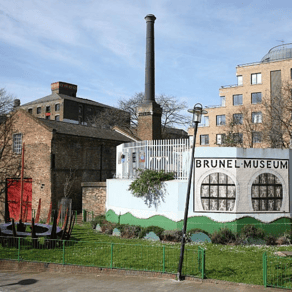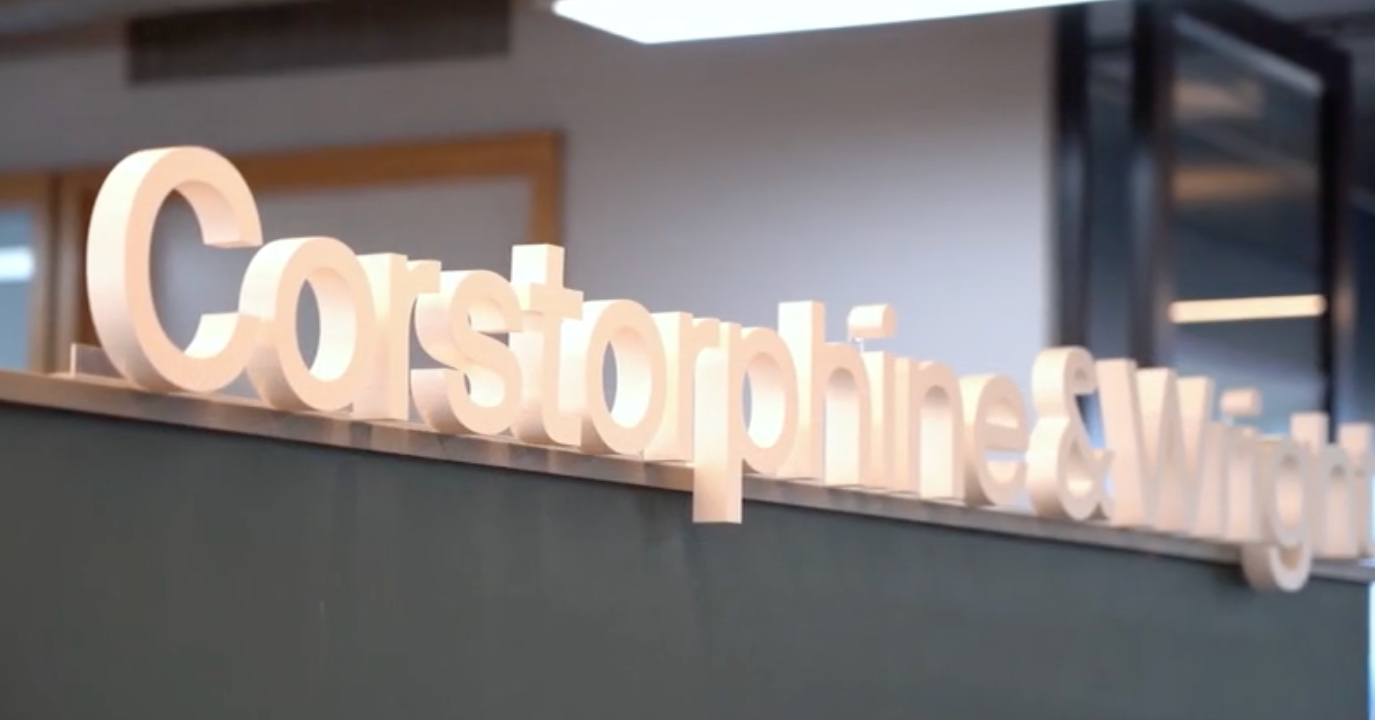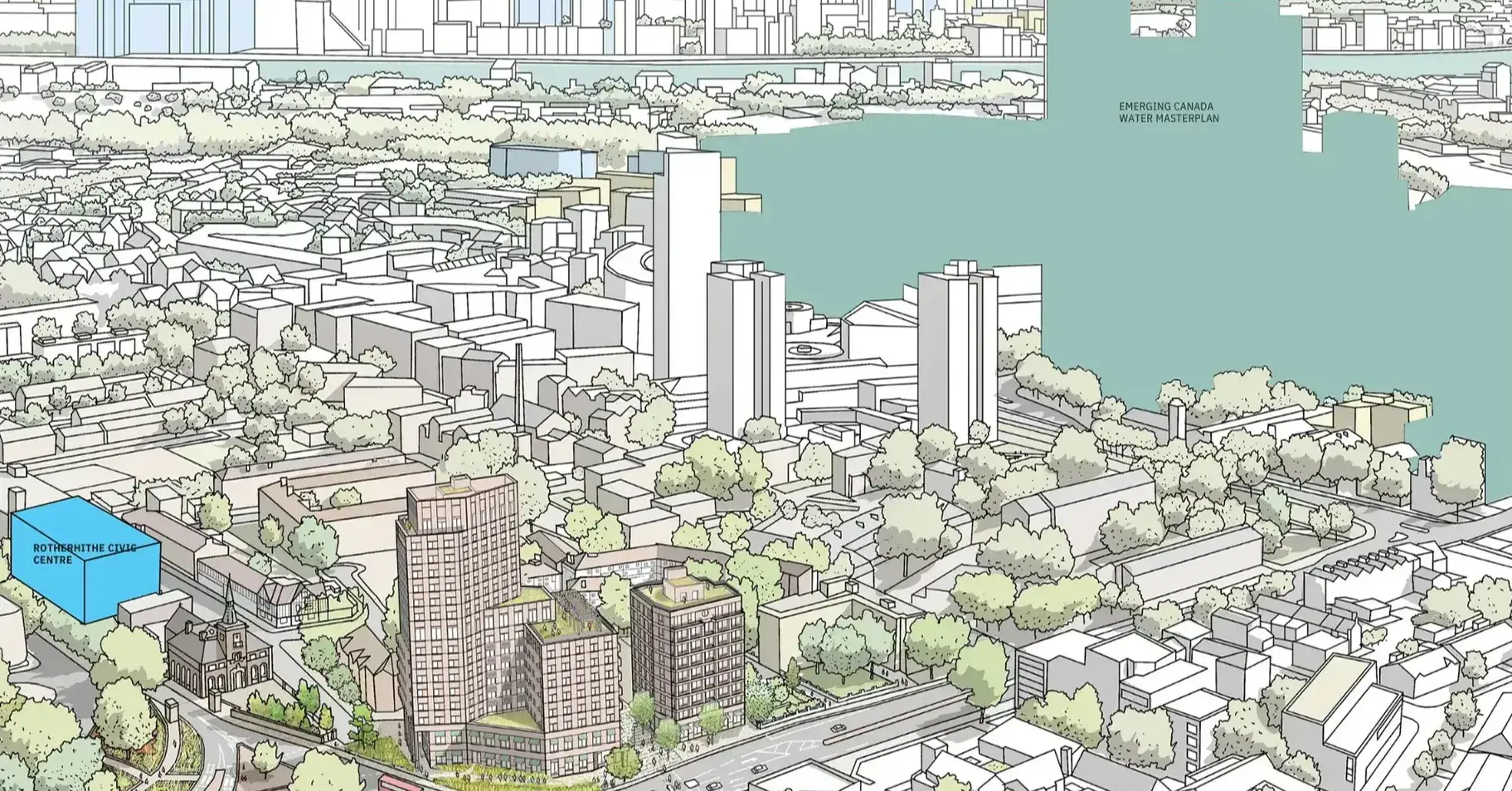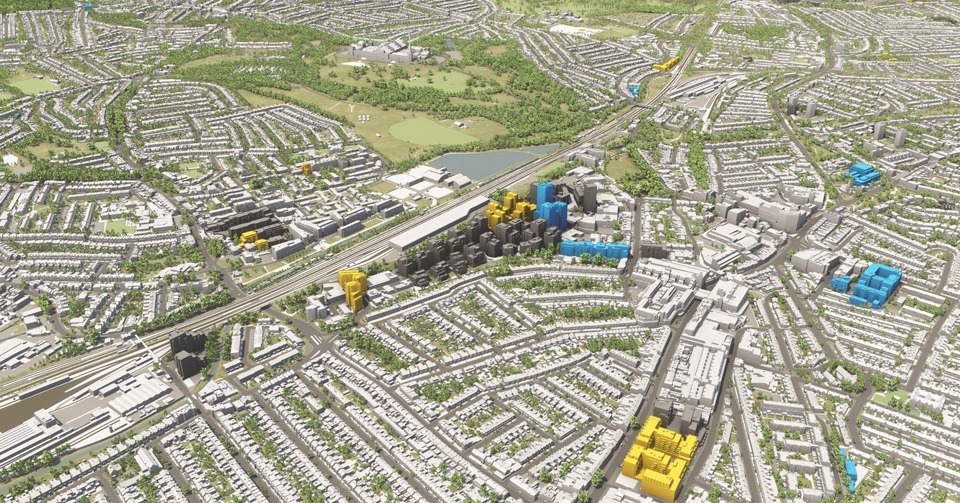Visualising Your Data: The New Way to Navigate Regulations
Architectural marvels come to life through a careful blend of creativity, practicality and adherence to regulations. Regulations are silent guardians, ensuring structures are safe, functional, and legally compliant. For architects, mastering the art of working within these regulations is both a challenge and an opportunity for innovation.
Architects often face complex challenges when it comes to regulations and find themselves navigating spatial limitations, building height limitations and material restrictions. Stringent zoning rules can limit spatial creativity, and surpassing height limitations may conflict with local guidelines. However, these constraints provide fertile ground for inventive solutions to flourish.
Embracing technology is key to overcoming these challenges. Enter VU.CITY's innovative data layers. The extensive range of data layers on the platform empowers architects to proactively address regulatory hurdles. By visualising intricate urban data, architects can foresee challenges, ensuring designs align seamlessly with regulations. VU.CITY’s technology allows you to connect creativity with compliance in a matter of minutes.
Projects in some of the most restricted sites have often led to some of the most creative solutions.
Take, for instance, The Brunel Museum in Rotherhithe. Situated at the southern end of the Thames Tunnel, the Brunel Museum stands as a testament to engineering ingenuity. Born from the innovative minds of Marc Brunel and Isambard Kingdom Brunel, this site marks the world's first underwater tunnel and remains a remarkable operational achievement. However, the lack of flood doors poses a distinctive challenge, demanding a delicate balance between preserving its heritage and managing flood risks along the Thames.
|
|
Architectural partnership between Tate and Co. and the museum has revolved around a transformative vision - an immersive museum experience - within the Tunnel Shaft and Engine House. Only being allowed to cut a single doorway into the shaft wall, architects adopted a ‘minimum intervention’ approach whereby they implemented a freestanding staircase providing all the circulation and power needed. It was pre-fabricated in small enough sections to fit through the new access door, thereby seamlessly blending functionality with historical authenticity. |
Now, in Phase 2 of the project, essential visitor facilities are relocating to a purpose-built pavilion, allowing the historical spaces to preserve their narrative undisturbed. This approach harmonises heritage conservation with innovative enhancement, shaping a compelling future for the museum's legacy.
Regulations are not roadblocks; they are the foundation upon which creativity soars. Understanding and embracing these guidelines is not just a legal obligation but a catalyst for ground-breaking designs. With tools like VU.CITY’s data layers, architects can not only meet compliance standards but achieve architectural brilliance while doing so, crafting structures that are not just safe and functional but awe-inspiring.
As you embark on your next architectural journey, remember: regulations are not constraints; they are the framework for your masterpiece. Embrace them, innovate within them, and let your designs redefine what's possible.
Related content:
VU.CITY Case Studies
See how leading built environment experts are using VU.CITY
Shape Tomorrow’s Cities, Today.
Begin Your Free Trial Now.


-1-1-1.png)


